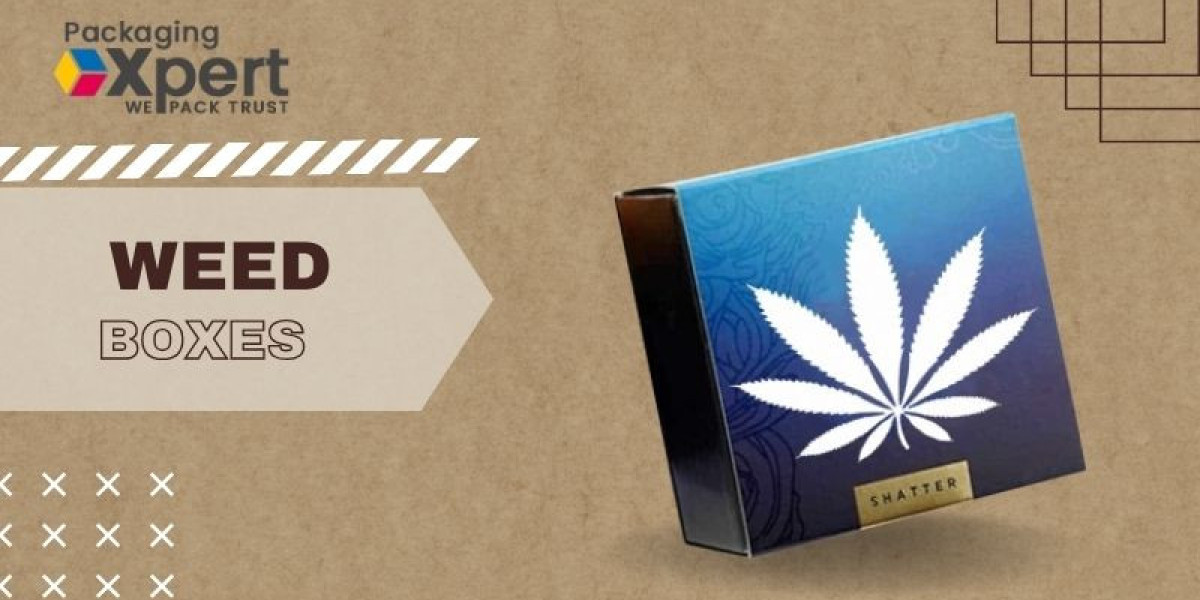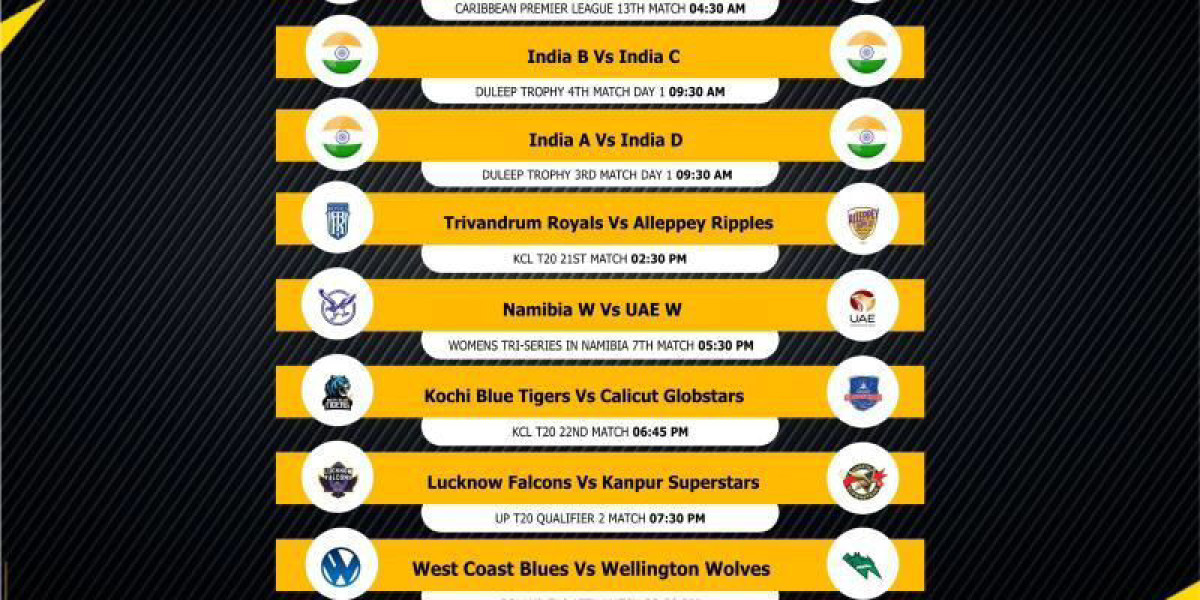The cannabis industry is booming, but success isn’t just about having a great product. Packaging plays a vital role, not only for branding but also for compliance with legal regulations. This guide will help you navigate the complexities of weed packaging regulations, ensuring your brand stays safe, compliant, and customer-friendly.
Why Weed Packaging Regulations Matter
Weed packaging regulations aren’t just red tape they’re crucial for:
- Protecting Consumers: Child-resistant packaging ensures safety, while tamper-evident seals build trust.
- Promoting Transparency: Accurate labels allow consumers to make informed choices.
- Avoiding Legal Penalties: Non-compliance can lead to hefty fines or product recalls.
By understanding and adhering to these rules, you create a foundation of trust with customers while avoiding costly pitfalls.
Key Packaging Requirements
1. Child-resistant and Tamper-Evident Packaging
Cannabis products must be packaged in a way that prevents access by children. Common features include:
- Child-resistant bags and jars.
- Tamper-evident seals that show if the product has been opened.
2. Clear and Accurate Labeling
Labels must provide essential information, including:
- THC and CBD content: Displayed in milligrams per serving and total package content.
- Batch numbers: For tracking in case of recalls.
- Expiration dates: To ensure product safety and quality.
3. State-Specific Rules
Regulations vary by state. For example:
- California: Requires cannabis products to display the universal cannabis symbol (△ with “CA”).
- Colorado: Strict guidelines on edible packaging to avoid appeal to children.
Always research your state’s cannabis laws before designing packaging.
How to Choose Compliant Packaging Materials
1. Legal Standards for Materials
The materials you use must meet safety and sustainability standards. Examples include:
- Smell-proof bags: To maintain discretion.
- Non-toxic containers: Especially for edibles.
2. Eco-Friendly Options
Sustainability is trending, and consumers love brands that care about the planet. Consider:
- Biodegradable or compostable packaging.
- Recyclable materials, such as glass jars or aluminum tins.
These options not only meet regulations but also enhance your brand image.
Designing Packaging That Stands Out While Staying Compliant
1. Branding Limitations
Avoid designs that appeal to children, such as cartoons or bright colors. Be mindful of state restrictions on marketing claims, such as “cures” or “heals.”
2. Creative but Compliant Designs
Use innovative features to make your packaging memorable:
- QR codes for product verification or brand storytelling.
- Minimalist designs with bold typography for premium appeal.
3. Examples of Success
Brands like Canndescent and Dosist are leading the way with sleek, compliant packaging that reinforces trust.
Ensuring Your Packaging is 100% Compliant
1. Create a Compliance Checklist
Here’s a quick checklist to ensure your packaging meets all requirements:
- Is the packaging child-resistant and tamper-evident?
- Are THC/CBD content and warnings clearly labeled?
- Have you verified compliance with state-specific rules?
2. Consult Experts
Work with legal consultants or specialized packaging manufacturers to avoid mistakes.
3. Stay Updated
Cannabis regulations evolve constantly. Subscribe to updates from your state’s cannabis control board.
FAQs About Weed Packaging Regulations
Q1. Do all cannabis products need child-resistant packaging?
Yes, most states mandate child-resistant packaging for all products, including edibles, concentrates, and flower.
Q2. Can I use biodegradable packaging?
Yes, as long as it meets safety and regulatory standards.
Q3. What are the consequences of non-compliance?
Penalties include fines, product recalls, and damage to your brand reputation.
Conclusion
Compliant weed packaging is about more than just following the law—it’s about building trust with your customers and standing out in a competitive market. By adhering to these regulations and incorporating innovative designs, you can protect your brand and create a positive impact.







